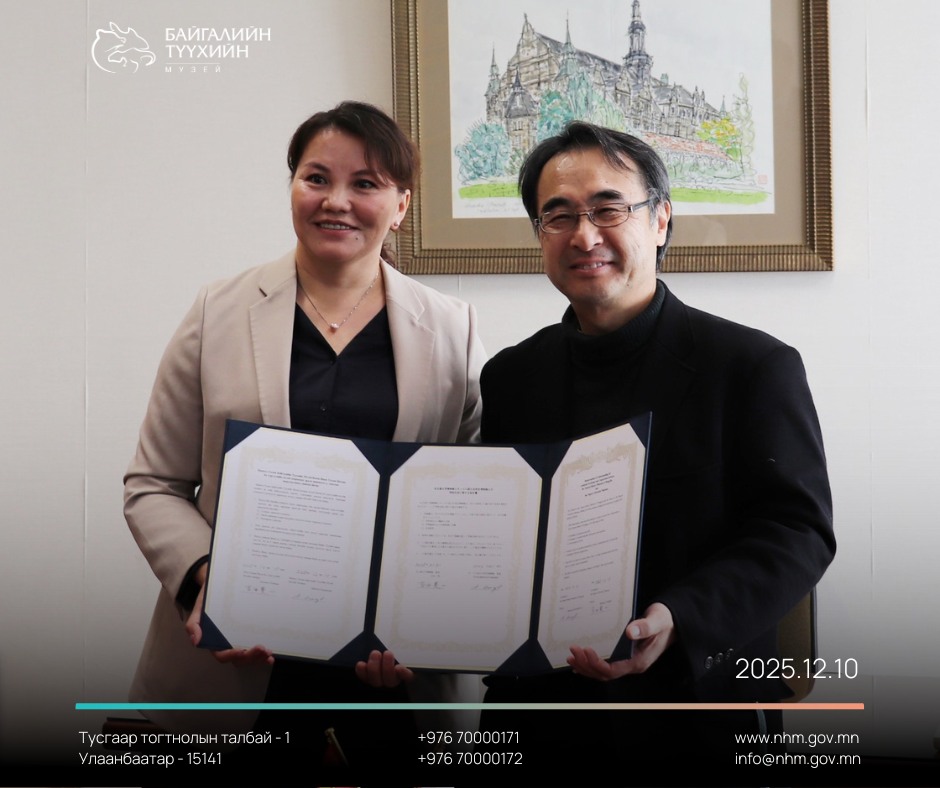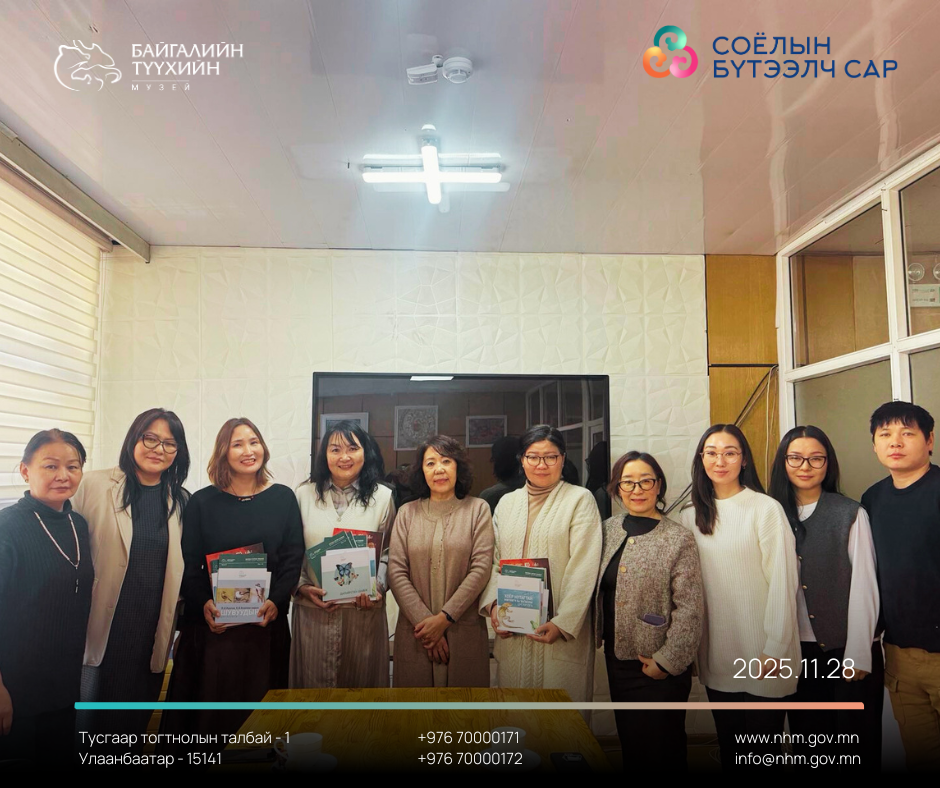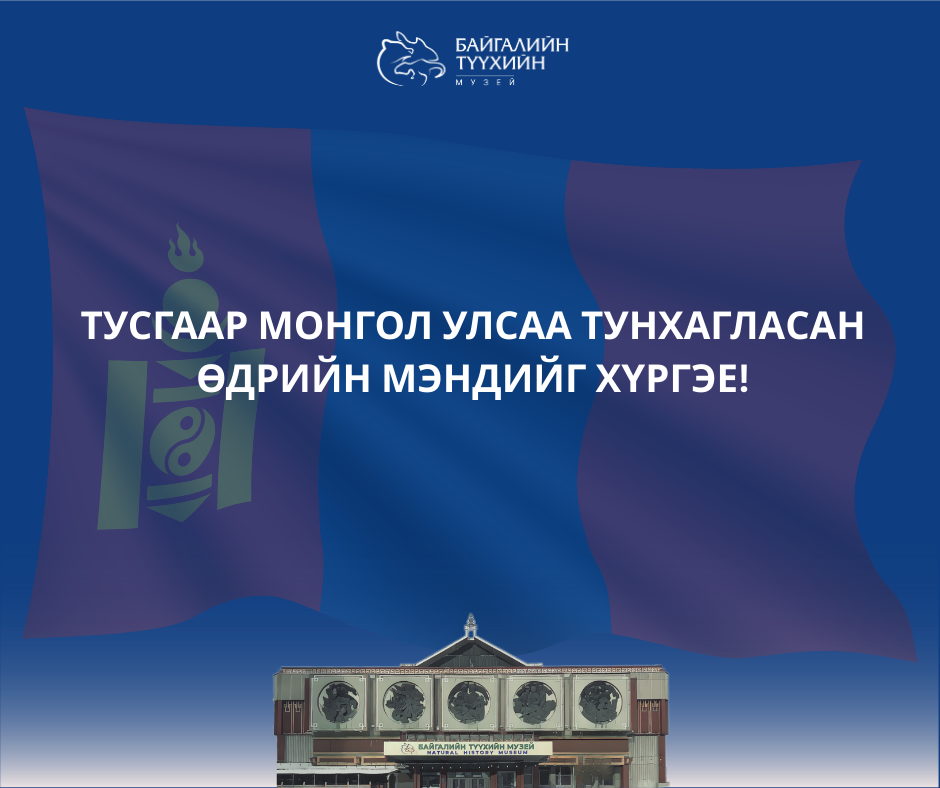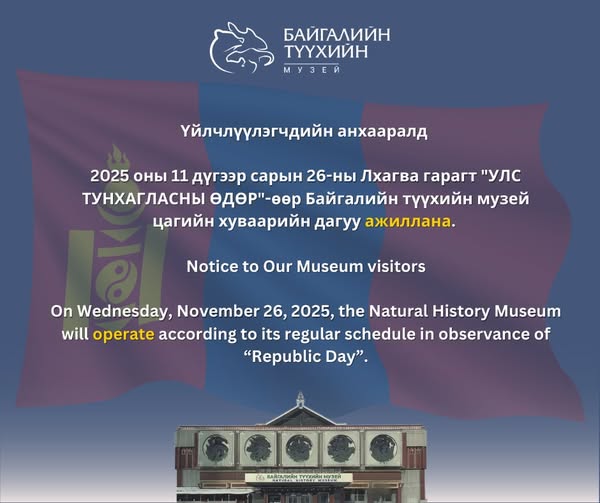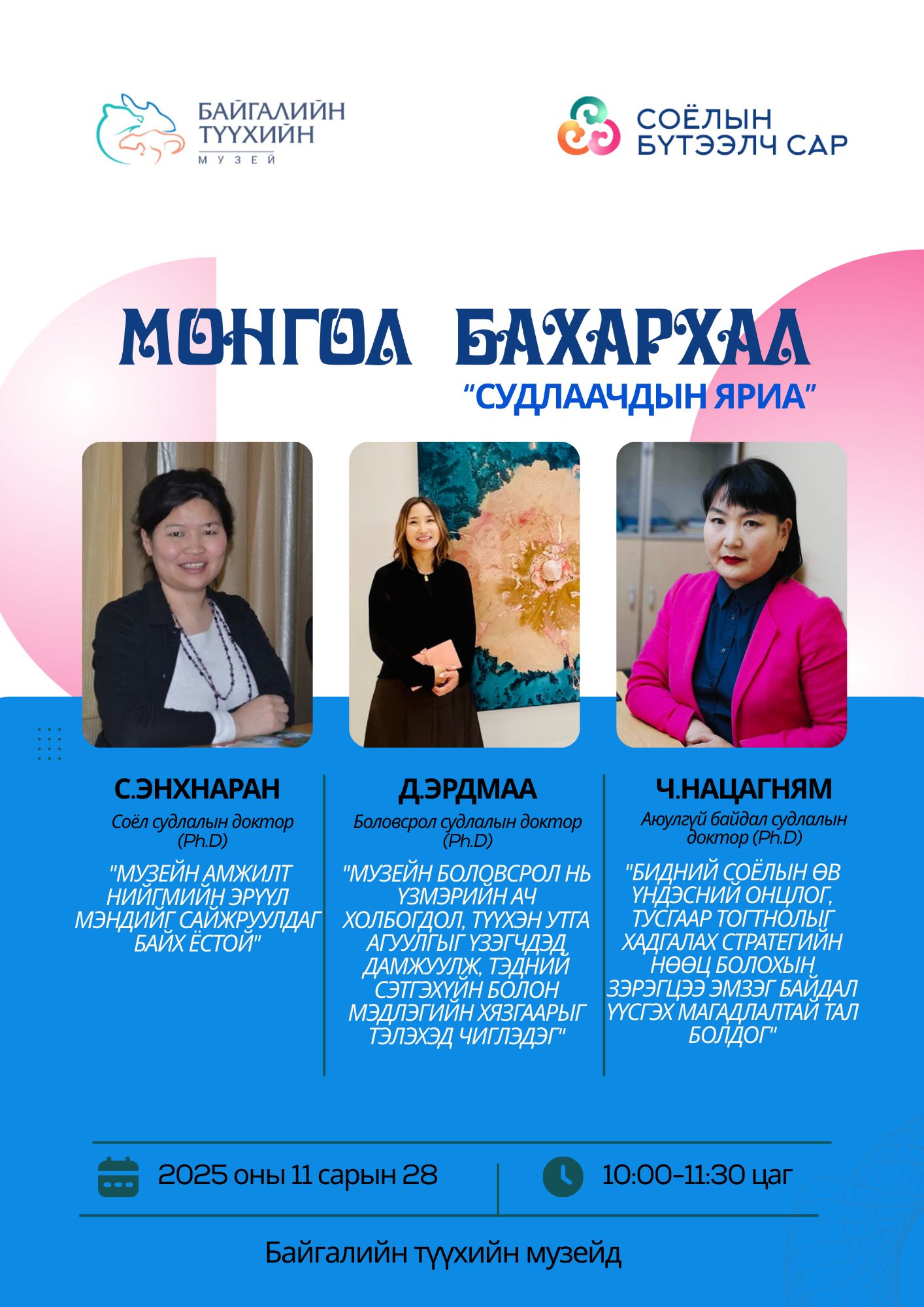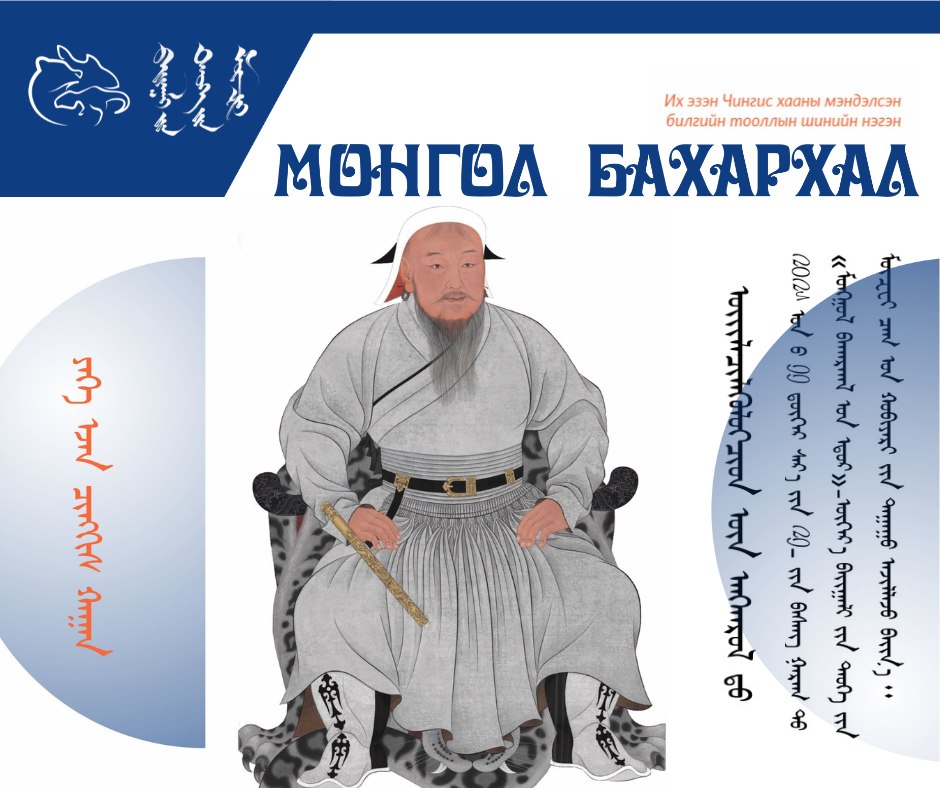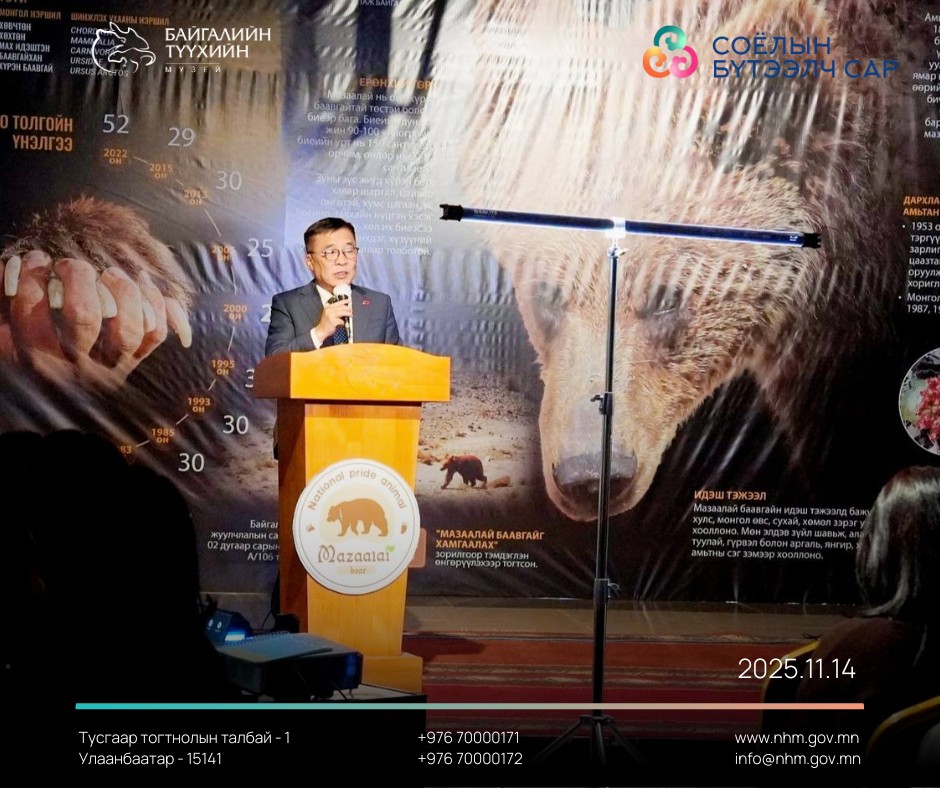
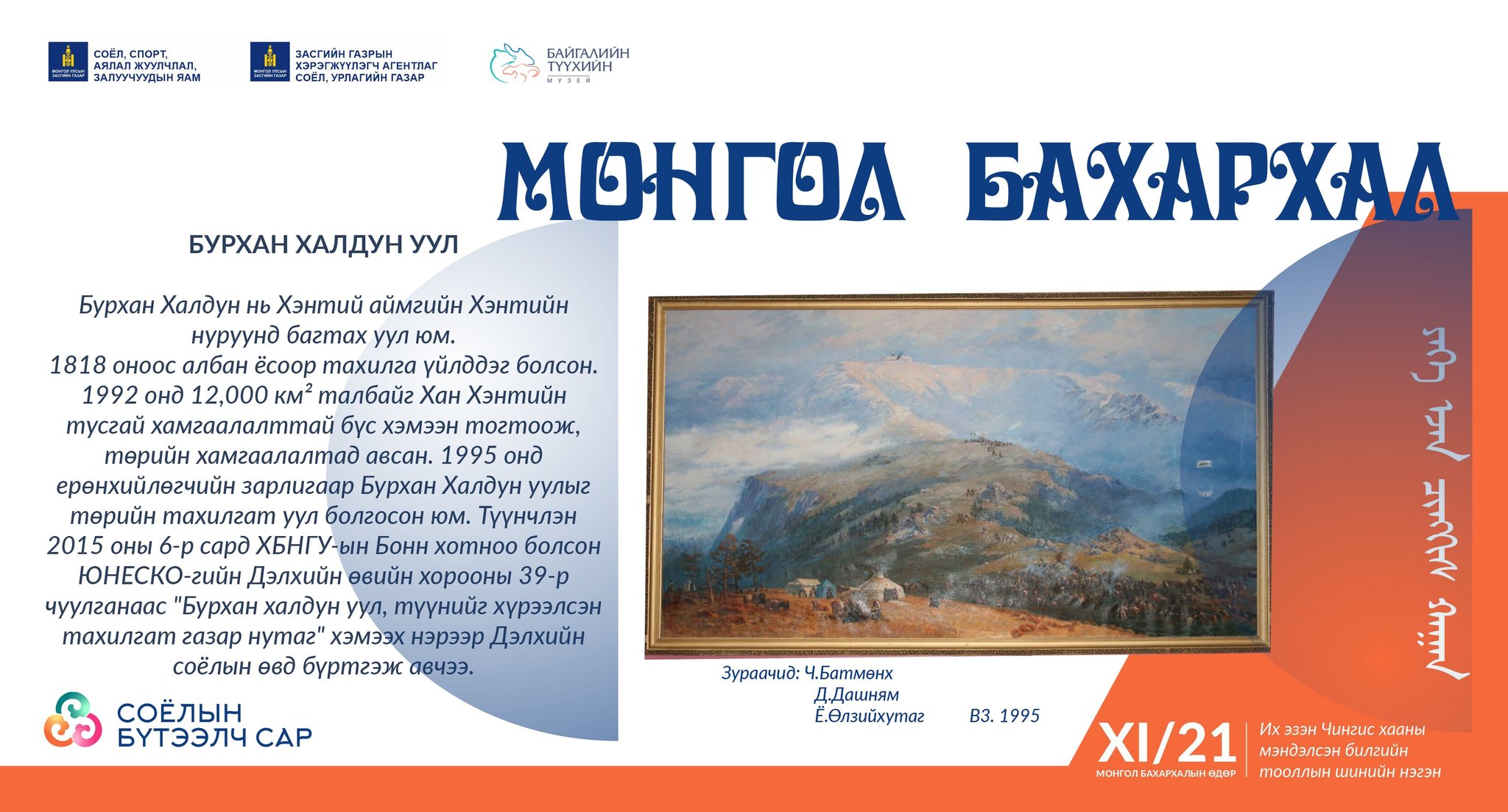
Burkhan Khaldun Mountain is part of the Khentii Mountains and is a mountain revered by the Mongols, with a legend that it is the birthplace and tomb of Genghis Khan. Burkhan Khaldun Mountain is a mountain covered with dense trees on its back, with only sparse trees near the top, and with taiga vegetation. Burkhan Khaldun Mountain has three mounds: upper, middle, and lower. The lower mound is at the foot of the mountain, and the middle mound is in the middle of the mountain. The top of the mountain is a large, flat area. In the middle of the area is an overturned trough-like platform that looks almost like it was made by man. There is a large bronze pot about a meter in diameter on the middle mound. If you go down from the large mound at the top of the mountain, there is a beautiful, clear lake in a narrow gorge on the slope. N. Bazargur, a research fellow at the Institute of Geography of the Mongolian Academy of Sciences, proposed a new idea, saying, “When Temujin was living in a place called Burgi Erek, the Thais came and forced him to flee to Munkhjargalan Mountain, which is 24 kilometers from Burgi Erek. He lived on this mountain for many years. That is why this mountain should be a truly sacred mountain of the state.” At the beginning of the long history of the Khan Khentii Mountain, it was commonly called Burhan Khaldun. There are also 13 places in the Khentii Mountains named Burhan Khaldun. Among them, the highest peak, Burhan Khaldun, has retained its name. Since 1818, it has been officially sacred. In 1992, an area of 12,000 km² was designated as the Khan Khentii Specially Protected Area and was taken under state protection. In 1995, by presidential decree, Mount Burkhan Khaldun was declared a national sacred mountain. In addition, in June 2015, at the 39th session of the UNESCO World Heritage Committee held in Bonn, Germany, it was registered as a World Cultural Heritage Site under the name "Mount Burkhan Khaldun and its surrounding sacred areas."
